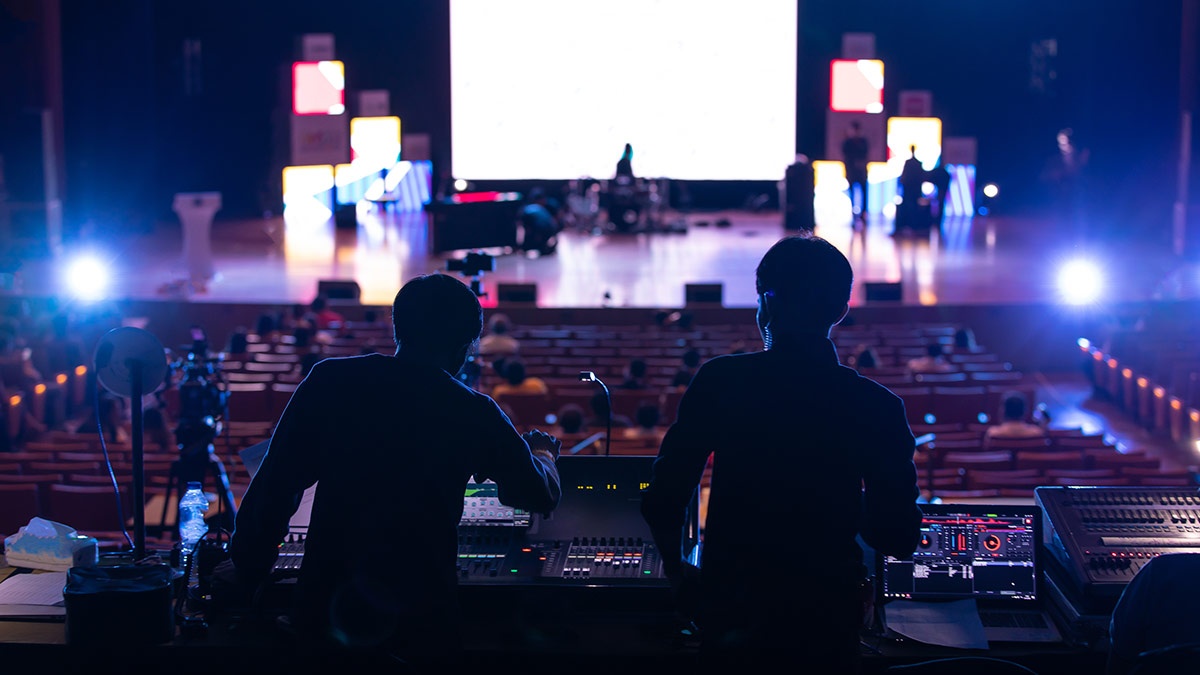Lighting plays a crucial part in video projection because it establishes the atmosphere and tone of the display. Different illumination methods can elicit various emotions and responses from the viewers. For example, using gentle, cozy illumination can create a welcoming atmosphere, while bright, cold illumination may create a more energetic or dramatic impact. By carefully choosing light colors and intensities, creators can influence how viewers interpret the projected images, leading to a more immersive experience. The balance between mapping brightness and ambient light is essential, as it can significantly affect the visibility and impact of the images.
In addition, color and intensity, the direction of light also influences the effectiveness of projection. Illumination from different directions can generate contrast and highlights that introduce depth to the mapped visuals. This method, known as light and shadow, can improve the 3D quality of the subjects being projected. Additionally, using moving lights can add dynamism to the exhibit, making the experience more engaging for the viewers. When the illumination collides with the projected visuals, it can create an illusion of movement and change, grabbing the audience's focus.
Another important element of illumination in mapping in the use of unique effects. Techniques such as gobo lighting, which uses patterns and shapes to filter light, can add depth and intricacy to the mapping. This method enables creators to superimpose visuals and produce aesthetically captivating results that enhance the projection. Moreover, adding laser lights or LED lights can additionally improve the display, this page offering a distinct mix of sight components that draw the audience in. These special effects, when used thoughtfully, can elevate the mapping into a basic show to an engaging work of art.
In conclusion, the impact of illumination techniques on video projection is profound. By comprehending how various illumination elements interact with projected images, artists can create enthralling encounters that connect with audience. The thoughtful choosing of hue, brightness, direction, and special effects allows for a vivid canvas of sight storytelling. company website As tech advances to evolve, the possibilities for creative expression in mapping will only grow, making lighting an increasingly vital component in this innovative art medium.
